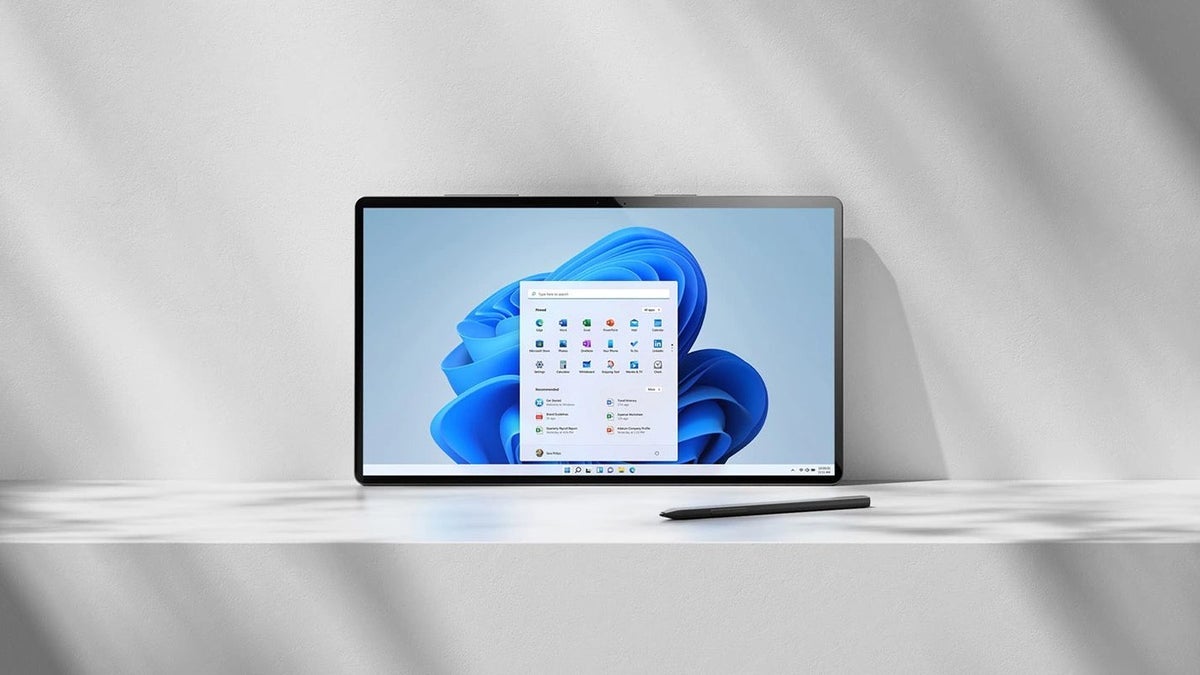Windows Hello, the biometric login feature in Windows 11, has recently undergone an update that has left many users scratching their heads. Initially, Windows Hello worked seamlessly in low-light environments, allowing users to sign in even in the dark. 
This was due to its reliance on infrared (IR) sensors, which could create a 3D facial scan to authenticate the user. It worked similarly to Apple’s Face ID, but with the added benefit of functioning in the dark thanks to the IR sensors.
However, in April, users noticed that Windows Hello stopped working in the dark, and many assumed it was a bug. It turns out, this was a feature change rather than a glitch. Now, in addition to the IR sensors, Windows Hello requires a webcam to capture visible light in order to authenticate the user. This change was made due to a security vulnerability that was discovered in the system. Microsoft determined that a combination of both IR sensors and a color camera would provide a more secure login experience.
So, what does this mean for users? Well, if you’re trying to use Windows Hello in low-light conditions, you’re out of luck. The webcam requires a light source to function properly, which means you can no longer log in in complete darkness unless you have a workaround. Interestingly, some users have found that disabling the webcam through the Device Manager allows Windows Hello to revert to using just the IR sensors, effectively bringing back the ability to log in in the dark. However, this comes with its own set of issues, as disabling the webcam means you won’t be able to use it for video calls or other webcam-related tasks.
The reason behind this change? A spoofing vulnerability that Microsoft has worked to address. While this update has made Windows Hello more secure, it’s undoubtedly a bit frustrating for those who valued the convenience of logging in while lying in bed or in a dark room.
Ultimately, this change serves as a reminder that security enhancements often come at the expense of convenience. It’s a tough trade-off for many users, but it’s understandable that Microsoft had to address the security flaws, even if it means sacrificing some of the ease of use that Windows Hello once offered.
1 comment
Security is important, but this is just another hassle. Windows needs to think about user convenience more